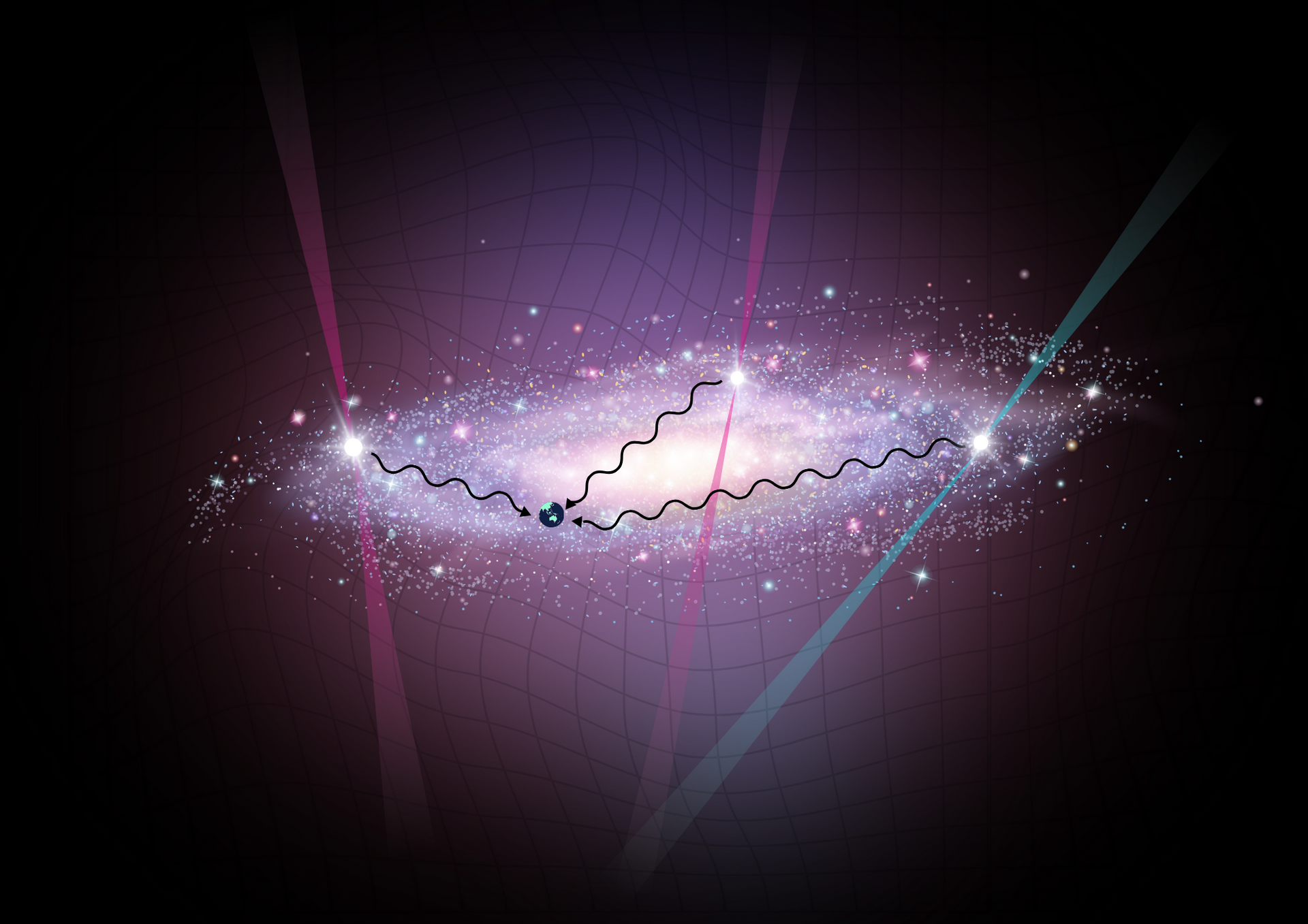Pulsar Timer | Gravitational Wave Cartographer | Science Communicator
Rowina Nathan is an Astrophysics PhD candidate at Monash University, specialising in neutron stars and pulsar timing. Her research focuses on mapping the gravitational wave background using data from the MeerKAT Pulsar Timing Array. Rowina has made significant contributions to developing methods for gravitational wave signal mapping and continues to advance this field. Other research interests include cosmic variance, bayesian inference, machine learning, pulsar glitches, physics education and data visualisation. She earned First-Class Honours in Astrophysics from Monash University, receiving several awards for her academic excellence.
Beyond research, Rowina is passionate about science communication and outreach, serving as the Social Media Coordinator for Monash Astrophysics and actively participating in mentoring initiatives. She has presented her work at numerous international conferences and is dedicated to promoting diversity and inclusion in STEM fields. She has built a substantial following on social media sharing her passion for space.
She is a member of the MeerKAT Pulsar Timing Array, OzGrav, the LIGO Scientific Collaboration, and the Parkes Pulsar Timing Array.
Astrophysicist with extensive experience in data analysis, machine learning, and statistical modelling. Proven track record of contributing to large-scale, data-driven projects and collaborating across international research teams. Skilled in quantitative analysis, programming, and cross-disciplinary communication.

Nathan, R. S., Miles, M. T., Ashton, G., Lasky, P. D., Thrane, E., Reardon, D. J., ... & Cameron, A. D. (2023). Improving pulsar-timing solutions through dynamic pulse fitting. Monthly Notices of the Royal Astronomical Society, 523(3), 4405-4412.
Grunthal, K., Nathan, R. S., Thrane, E., Champion, D. J., Miles, M. T., Shannon, R. M., ... & Venkatraman Krishnan, V. (2025). The MeerKAT Pulsar Timing Array: Maps of the gravitational wave sky with the 4.5-yr data release. Monthly Notices of the Royal Astronomical Society, 536(2), 1501-1517.
I have a passion for graphic and web design. See some of my work below.